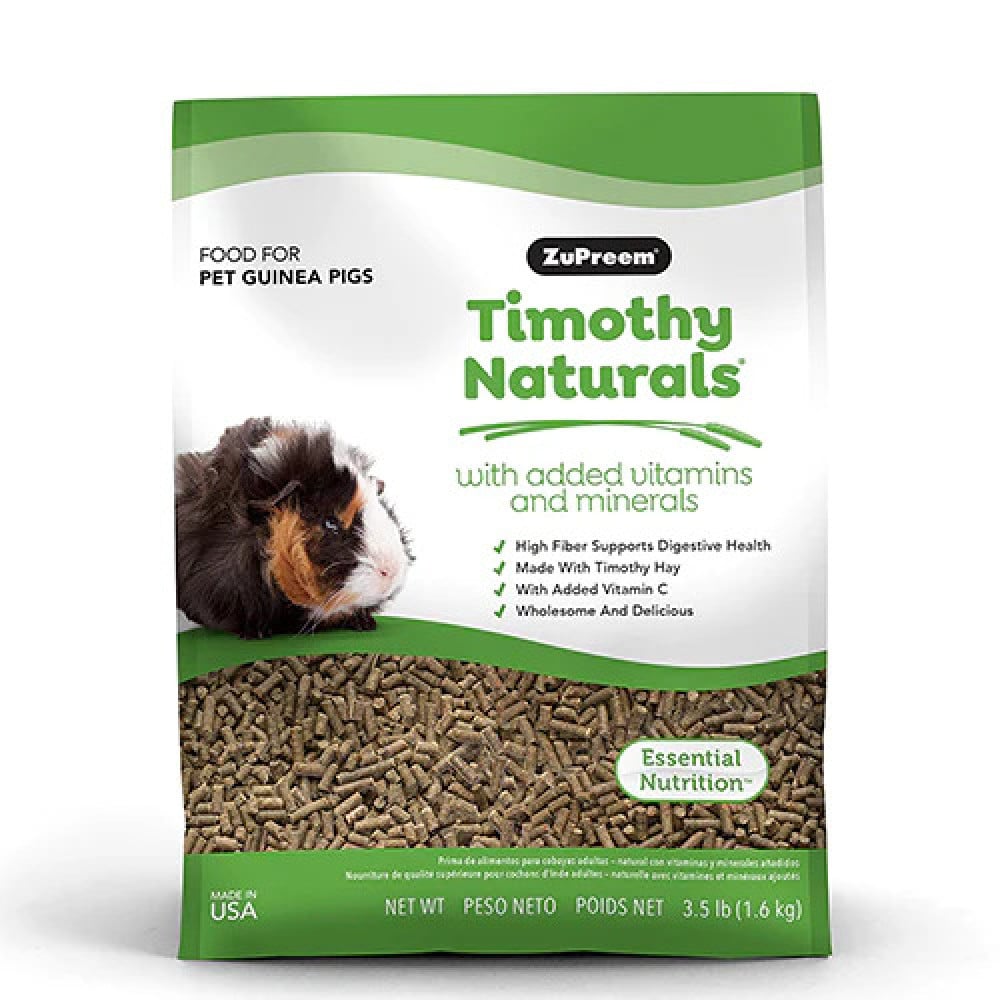
Many view hamsters as quite charming animals and yes they do! We will teach you everything you need to know about the types of hamsters. You also need to know the nature of these rodents and the foods they eat. They need special care, so we will give you a variety of care methods, breeds, and feeding techniques that you should be familiar with from Petaholic.
What is a hamster?
A hamster is a mouse-like mammal. There are many types of hamsters, each with unique characteristics such as size, density, or color. We will learn about them as follows:
- The hamster is one of the rodents in the hamster family, and is known as a household pet. Hamsters mostly feed on seeds, fruits, and plants.
- It avoids eating hidden insects, and in addition to having a short tail and furry claws, which extend to its shoulders, the hamster uses these pouches to store food and later transport it to burrows. They are the three categories of animals that are kept as pets.
- There are several types of them, the most famous of which are the Syrian and Russian dwarf hamsters. They usually have a shelf life of two to three years.
- Weighing no more than one kilogram, it runs at a speed of approximately six kilometers per hour. Being small and quiet, it is the perfect pet to take care of.
- Small in size and usually kept as a household pet, it can be recognized from other rodents by its short tail, short legs, and small ears.
- Hamsters come in many types, including black, grey, brown, white, yellow, red, or a combination of multiple colors.
- There are 24 different species of hamster, and each one has a wide range of sizes. The European breed is one of the largest species and can grow up to 32 cm in length.
- Dwarf hamsters are only 5.5 to 10.5 cm long. The Syrian hamster is the most common species.
- It usually reaches a height of 15 cm and is also known as the golden hamster or bear hamster.
What are the types of hamsters?
Below are the most common types of hamsters that can be raised as pets in homes. Before thinking about getting a hamster, it is necessary to fully understand its many types and breeds, which are:
Mongolian hamster
- This type of hamster inhabits sandy environments such as grasslands and deserts.
- It collects seeds for food throughout the summer and uses sand to build tunnels and nests. For the purpose of spending the winter
- It is necessary to preserve these seeds so that they can be consumed and nourished during the winter. He also gets up and begins his activities.
Syrian hamster
- The most famous type of hamster is its body color is golden brown, in addition to its white belly and chest. Golden hamsters, like all large hamster breeds, thrive in their natural environment.
- Golden hamsters are naturally solitary creatures that spend most of their lives alone in dens. They need a spacious place to roam.
Upper hamster
- It has a short tail and is called by many names. It has a silky texture with a mixture of gray, brown and yellow shades.
- Its tail also has two colors and is small in length. It weighs between 22 to 48 grams and is pure white on the underside and light brown above.
Desert hamster
- It prefers to live in arid areas, but as it develops, it needs a location with a hot environment and continuous sunlight.
- Being one of the fast-moving and active animals, it can jump repeatedly without getting tired and its modest size is the reason for this.
Striped hamster
- This hamster likes to live alone in a secluded manner, away from regular human contact. It is referred to as the Chinese hamster and is therefore completely socially inactive.
- On the other hand, they are of medium size and are active and move quickly.
Campbell's hamster
- It differs from the striped hamster and Syrian hamster, because it is very social and does not prefer isolation.
- They do not harm their owners, but they defend themselves when they sense danger by biting with their sharp teeth. It can reproduce when it is with gay hamsters.
Hungarian hamster
- Its size is very small and no one can carry it for fear of getting hurt, so it is not preferred for breeding like other species, but there are those who can handle it.
- It is one of the pets that does not harm young children, and therefore does not like loneliness, but rather wants to play and have fun all the time.
- It also reproduces with an animal of the same sex while they are together in one place.
What are the prices of hamsters in Saudi Arabia?
Hamsters are now more expensive in Saudi Arabia. Depending on the breed and age, a hamster may cost anywhere from 20 to 200 Saudi riyals. However, the cost of hamsters varies depending on the type of hamster that will be purchased.
What are the requirements for raising hamsters?
There are some necessary items that must be purchased before purchasing a hamster, such as a cage, a house, and an exercise bike. The cost of these items varies according to the size of each item because they come in different shapes and sizes, and we will learn about them in detail:
Exercise wheel
- It is one of the most commonly used cage modifications because it allows your hamster to exercise and have fun.
- It is recommended to choose a wheel that is open on one side and made of strong plastic.
- It is sold for 12.64 SAR.
- To get it click here .
Hamster feeding
- It is recommended when buying a food dish for them that it be ceramic, as this is heavier and works with them in the event of a mess and food falling.
- Not to mention the ease of cleaning.
Zuprem Timothy Natural Lint Food
- through Click here It includes the best quality ingredients to provide your pets with a balanced food that replicates their natural diet to help them stay happy and healthy.
Hamster cage
- They need a place to sleep and must have a hole at the bottom so they can build their own nest.
- They will do it themselves. This way you can get a cage for 195.01 by clicking on that link
- Hamsters are sharp ball drinkers, and they should be provided with clean water every day. This will also need to be cleaned at least once a week.
Hamster games
- If you want a happy hamster, fill his cage with toys he can play with, such as logs, wheels, small tunnels, bridges, etc.
- However, it is important to make sure that the toys are safe for them, otherwise they may get sick or get hurt. You can get a special set of toys by clicking here .
What are the characteristics and behaviors of hamster types?
- Subterranean houses help wild hamsters stay cool in hot areas.
- Some hamsters are quite social, while others prefer to live alone.
- He prefers to sleep during the day because he is nocturnal, loves to go on adventures and makes use of his mustache to help him understand his surroundings in the wild
- Hamsters make burrows, which are networks of tunnels used for housing, reproduction, and food storage.
- Syrian hamsters like to live alone and should not be kept with other hamsters in the same cage because they may attack and kill them. In return, dwarf hamsters are friendly and enjoy a close companion. If it is cold outside, hamsters will hibernate.
What is the favorite food of hamsters?
Hamsters consume the vast majority of grains, sunflower seeds, and other meals rich in essential vitamins. Some of his favorite foods include:
- Proteins found in foods such as oats, cerelac, and skim milk diluted with equal amounts of water, as well as other foods such as eggs, wheat, honey, and other foods. It is also found in foods such as triangle cheese, skimmed milk, and other foods.
- Dry grains, including his favorite food, sunflower seeds, peanuts, as well as other meals. It is important to note that hamster food is not expensive at all because it is cheap to acquire.
- He should consume a variety of vegetables in his diet, such as lettuce, carrots, arugula, cucumber and other vegetables.
- Foods, especially red dates and apples, which are his favorite fruits. You can also give him small amounts of strawberries and bananas.
What are the things that should be avoided when raising hamsters?
When raising hamsters, there are a number of things to avoid, including the following:
- Providing him with prohibited foods such as sweets, oranges, lemons, and other delicious foods.
- Inadequate ventilation and lack of proper environment.
- Put a large number of hamsters in one place
- Placing the male with the female at the wrong times, especially in the last stages of pregnancy, during labor, and a few weeks after that.
How do we raise hamsters at home?
How to care for a hamster at home requires following some basic steps to ensure the health and happiness of the animal. Here are some tips for raising hamsters at home:
1.Choose a cage:
Choose an appropriate cage that is sized to match the type of hamster you have. A glass or plastic cage with good ventilation mesh is preferred.
Make sure the cage has a place to sleep and a place to play, and provides enough room to move around.
2.Nutrition:
Provide a balanced, nutritious food designed specifically for hamsters.
You can add small fruits and vegetables as snacks, but avoid giving large amounts of fruits and vegetables to avoid excessive sugar intake.
3.Daily education:
Take time daily to interact with your hamster, whether by talking to him or offering food with your hands.
Place an exercise wheel in the cage to encourage your hamster to move and exercise.
4.Cleanliness:
Clean the cage regularly to ensure cleanliness and prevent the buildup of unpleasant odors.
Change bedding and clean accessories at least weekly.
5. Providing nest building materials:
Provide nest-building materials such as straw or small logs to provide a comfortable shelter for your hamster.
6.Water saving:
Provide clean, fresh water daily in a hamster water bottle.
7. Avoid excessive handling:
It is preferable to avoid excessive handling during the day, as hamsters are nocturnal.
8.Health care:
Follow your veterinarian's directions regarding vaccinations and routine health care.
Remember that hamsters are small and delicate animals, so they should be treated gently and with respect.
Everything related to raising hamsters
Raising hamsters requires good care and providing an environment suitable for their individual needs. Below is a set of tips and information about raising hamsters:
1. Choosing a hamster: There are different types of hamsters, such as Syrian, Russian, and Chinese hamsters. Check the difference between them and choose one that suits your needs.
2. Housing : Choose a large, suitable cage that has a good ventilation mesh and an easy-to-clean bottom.
Use materials your hamster lays down to build its nest, such as straw or soft wood.
3. Nutrition: Provide special food for hamsters that contains a balanced composition of proteins, fats, and carbohydrates.
Vegetables and fruits can be added as a nutritional supplement, and avoid giving large amounts of fruits and vegetables.
4. Entertainment and exercise: Provide an exercise wheel inside the cage to encourage the hamster to engage in physical activity.
Small toys can be placed in the cage to provide entertaining challenges.
5. Cleanliness : Clean the cage regularly, change the bedding and clean the accessories at least weekly.
6. Gentle handling: Avoid excessive handling during the day, as hamsters are nocturnal.
Start getting to know your hamster gradually and use gentle ways to handle it.
7. Quiet environment: Provide a quiet, noise-free environment in the resting place for the hamster.
Avoid leaving your hamster in an exposed place for long periods of time under direct sunlight.
8. Health care: Ensure the health of your hamster by monitoring its behavior and looking for any signs of health problems.
If you suspect a health problem, consult your veterinarian.
9.Mating: Avoid placing male and female hamsters together if you do not plan to raise baby hamsters.
10. Maintain the temperature: Maintain a suitable temperature in the place where the hamster cage is located, ranging between 20-24 degrees Celsius.
Remember that hamsters need constant care and careful monitoring to ensure their health and comfort
Are hamsters a type of rat?
No, hamsters are not a type of rat. The hamster is a type of rodent belonging to the Cricetidae family, which includes several species such as the Syrian hamster, the Russian hamster, the Chinese hamster, and others. The hamster has characteristics such as its small and round body, large ears, swollen cheeks, and short tail.
Genetically and taxonomically, hamsters differ from mice. Mice belong to the Muridae family, and include several genera, including the genus Rattus, which includes house mice and wild mice.
Although hamsters and mice may appear similar in some aspects, they differ in several characteristics, and hamsters are often kept as small pets as opposed to mice, which may sometimes be unwanted in homes.
What is a hamster's favorite food?
Hamster food should be balanced and contain all the nutrients necessary for hamster health. Ready-made hamster food can be found in pet stores and consists of a mixture of grains, seeds, and nutritional supplements. Here are some ingredients that can be in hamster food:
1 . Sun seeds : provide fats and proteins.
2 . Oats: contains carbohydrates and fiber.
3 . Wheat and barley : a source of energy and protein.
4 . Peanuts (Pistachios): Contain healthy fats and protein.
5 . Small seeds such as flax and chia seeds : a source of essential fatty acids.
In addition, some fresh items can be added to the diet, such as:
- Green leafy vegetables: such as spinach or cabbage.
- Root vegetables : such as carrots or turnips.
- **Small fruits:** such as apples or grapes.
Clean water must be constantly available. It is best not to leave wet food in the cage for long periods to avoid mold growth.
Be sure to read the food instructions on the package of ready-made hamster food to make sure you meet his nutritional needs.
We got to know many types of hamsters And ways to provide appropriate care and appropriate food to keep it healthy so that you do not feel anxious when you decide to raise a type of one of them.


